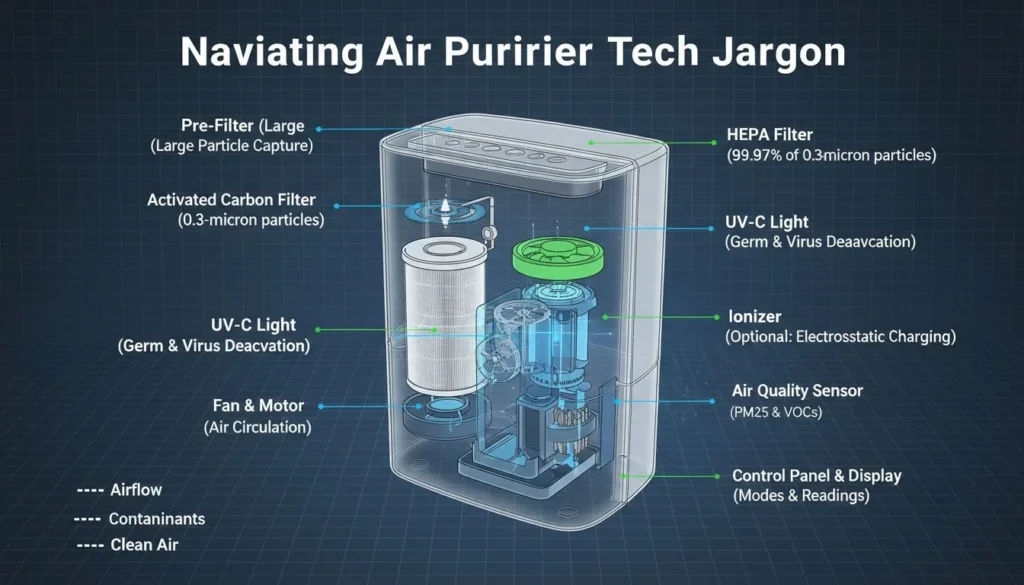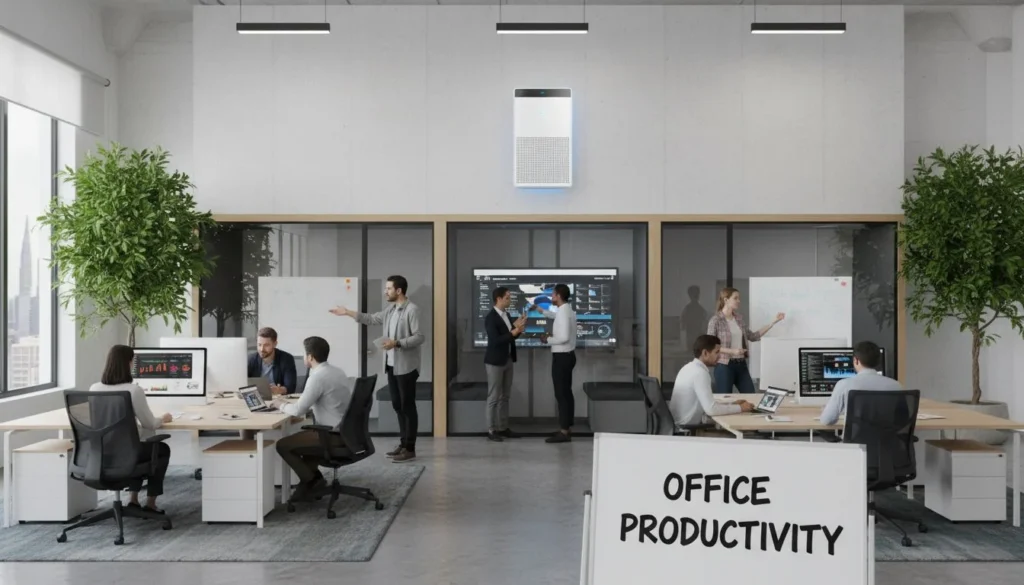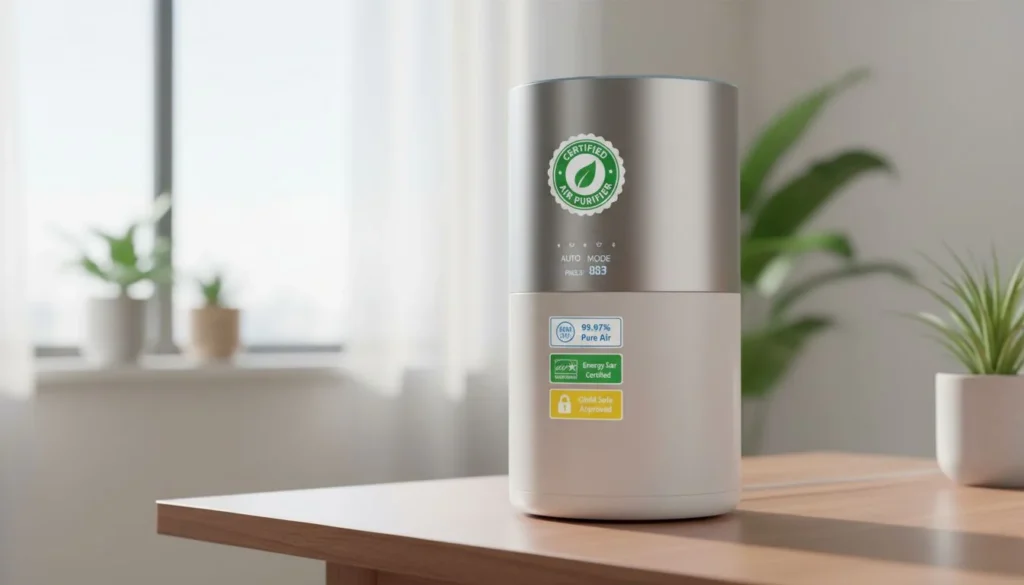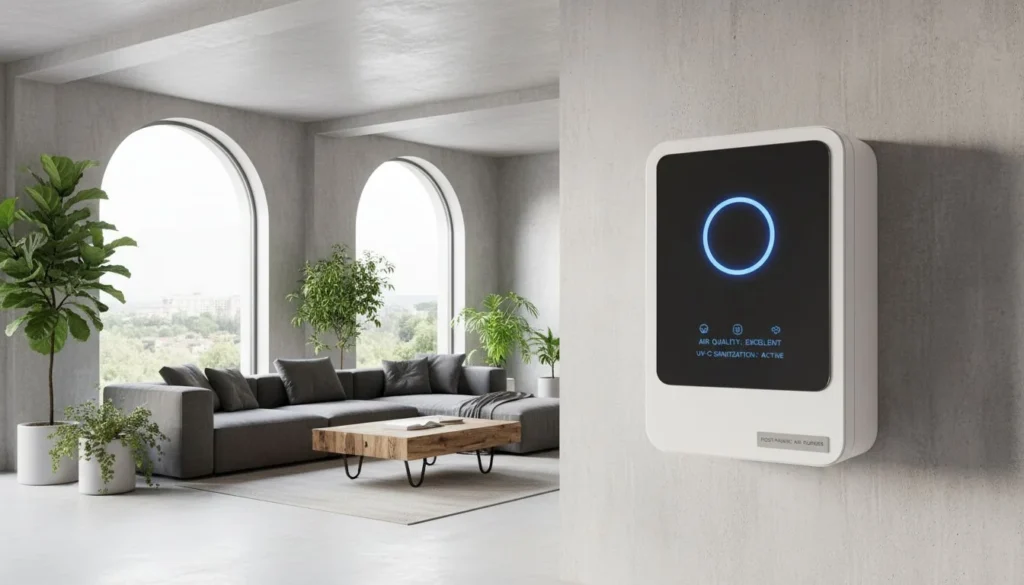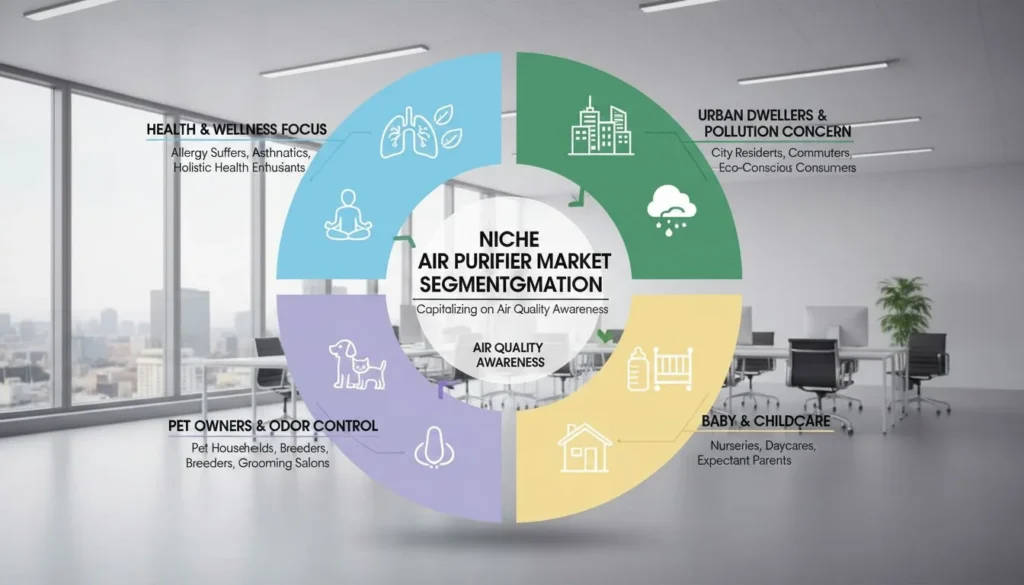
Gerir a qualidade do ar em escolas e hospitais pode ser uma tarefa difícil, especialmente quando os orçamentos são apertados.
Para reduzir eficazmente os custos de manutenção dos purificadores de ar, invista em filtros de alta eficiência que prolongam a vida útil, escolha unidades montadas na parede para minimizar os riscos e compre diretamente a fabricantes como a HisoAir. Integrar IoT para lembretes de manutenção atempados também ajuda a otimizar a utilização do orçamento.
Embora estes passos proporcionem uma abordagem direta à redução de custos, a compreensão do impacto mais amplo destas estratégias pode conduzir a poupanças ainda mais substanciais. Aprofunde-se para descobrir como estas soluções práticas podem transformar a gestão da qualidade do ar nas suas instalações.
Os filtros de alta eficiência reduzem os custos de manutenção do purificador de ar.Verdadeiro
Estes filtros duram mais tempo, diminuindo a frequência e os custos de substituição.
Quais são as vantagens dos filtros de alta eficiência?
Compreender os benefícios dos filtros de alta eficiência pode revolucionar a gestão da qualidade do ar em grandes instalações.
Os filtros de alta eficiência oferecem uma vida útil alargada, custos de manutenção reduzidos e uma melhor qualidade do ar ao captarem mais poluentes. São ideais para escolas e hospitais onde o ar limpo é crucial para a saúde e a gestão do orçamento.
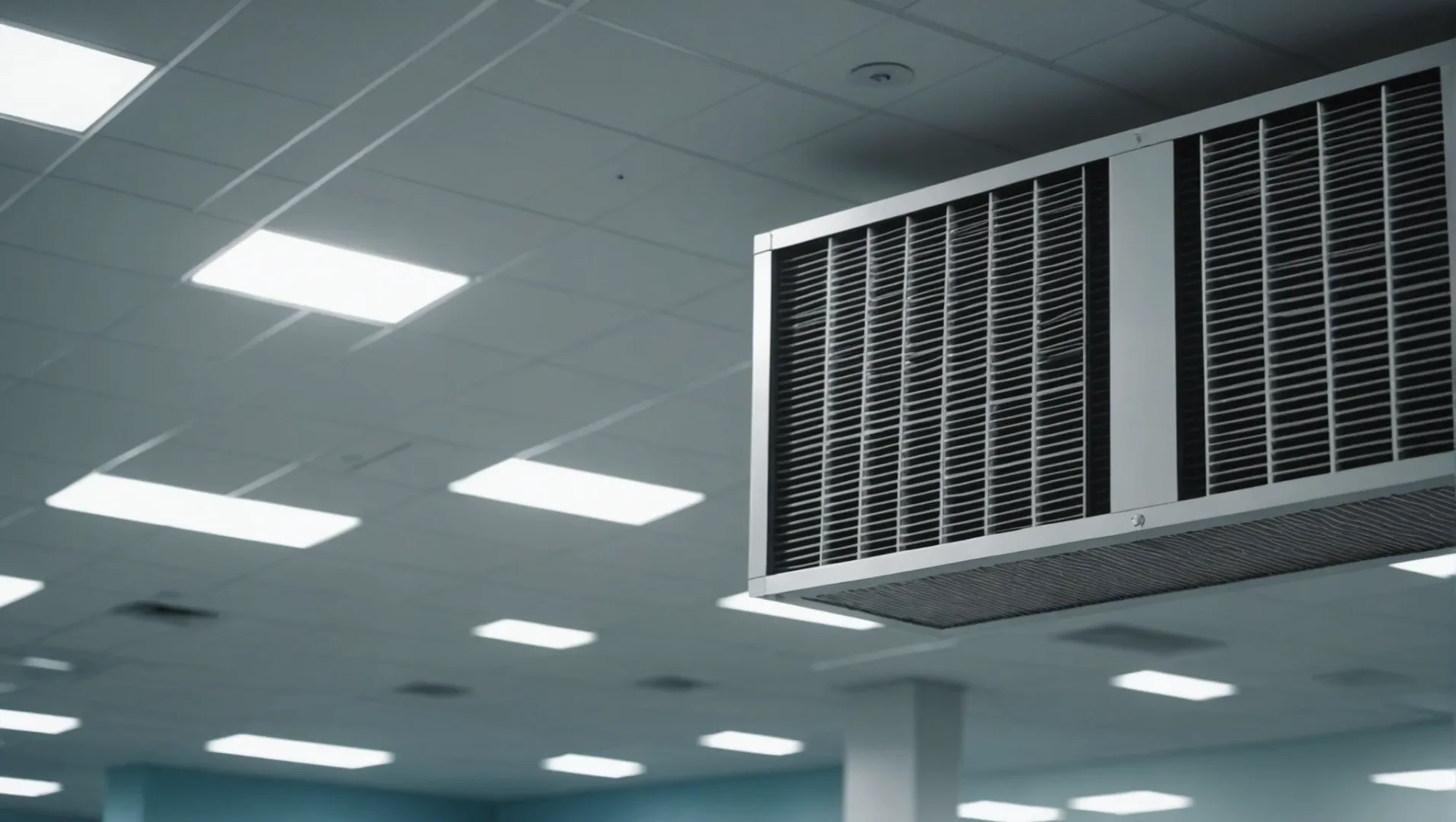
Prolongamento da vida útil e poupança de custos
Os filtros de alta eficiência podem aumentar drasticamente o tempo de vida útil dos sistemas de purificação do ar. Os filtros tradicionais podem exigir uma substituição de seis em seis meses, mas as opções de elevada eficiência podem durar um ano ou mais. Esta extensão reduz a frequência e o custo das substituições de filtros, levando a poupanças substanciais nos orçamentos de manutenção. Por exemplo, a compra de filtros diretamente a fabricantes como HisoAir1 pode reduzir ainda mais os custos, eliminando as margens de lucro dos intermediários.
Melhoria da qualidade do ar
Estes filtros capturam uma maior percentagem de partículas transportadas pelo ar, incluindo pó, pólen, esporos de bolor e bactérias. As suas capacidades de filtragem superiores significam que são particularmente benéficos em ambientes como escolas e hospitais, onde a pureza do ar é fundamental para proteger populações sensíveis, como crianças e doentes. Ao melhorar a qualidade do ar interior, estes filtros contribuem para ambientes mais saudáveis, reduzindo potencialmente o absentismo relacionado com doenças nas escolas e ajudando na recuperação dos doentes nos hospitais.
Avanços técnicos
A tecnologia subjacente aos filtros de elevada eficiência evoluiu significativamente na última década. As inovações nos meios filtrantes com maior taxa de fornecimento de ar limpo (CADR) asseguram que estes filtros podem tratar volumes maiores de ar de forma mais eficiente. Com uma massa limpa acumulada mais elevada (CCM), mantêm um desempenho ótimo durante períodos prolongados, oferecendo uma proteção consistente contra os contaminantes do ar.
Impacto ambiental
Ao reduzir a frequência das substituições de filtros, os filtros de alta eficiência também contribuem para a sustentabilidade ambiental. Menos substituições significam menos resíduos gerados, alinhando-se com iniciativas ecológicas e reduzindo a pegada de carbono da instalação. As instalações empenhadas na sustentabilidade podem integrar estes filtros nas suas estratégias ambientais mais alargadas.
Considerações práticas de implementação
Ao implementar filtros de alta eficiência, é crucial considerar a compatibilidade com os sistemas de purificação de ar existentes. Alguns sistemas podem necessitar de ajustes ou actualizações para acomodar os padrões de filtragem mais elevados. Além disso, a integração de IoT As tecnologias de monitorização do desempenho do filtro podem assegurar a manutenção e substituição atempadas, maximizando a eficiência e a relação custo-eficácia.
Os filtros de alta eficiência duram mais de um ano.Verdadeiro
Prolongam a vida útil dos sistemas de ar, durando um ano ou mais.
Os filtros de alta eficiência aumentam a produção de resíduos.Falso
Reduzem o desperdício ao diminuir a frequência das substituições.
Porquê escolher purificadores de ar de parede em vez de portáteis?
Quando se trata de manter uma óptima qualidade do ar, a escolha entre purificadores de ar de parede e portáteis pode ter um impacto significativo tanto na eficácia como no custo.
Os purificadores de ar montados na parede oferecem maior segurança, maior vida útil do filtro e eficiência de custos em comparação com as unidades portáteis, tornando-os ideais para escolas e hospitais.
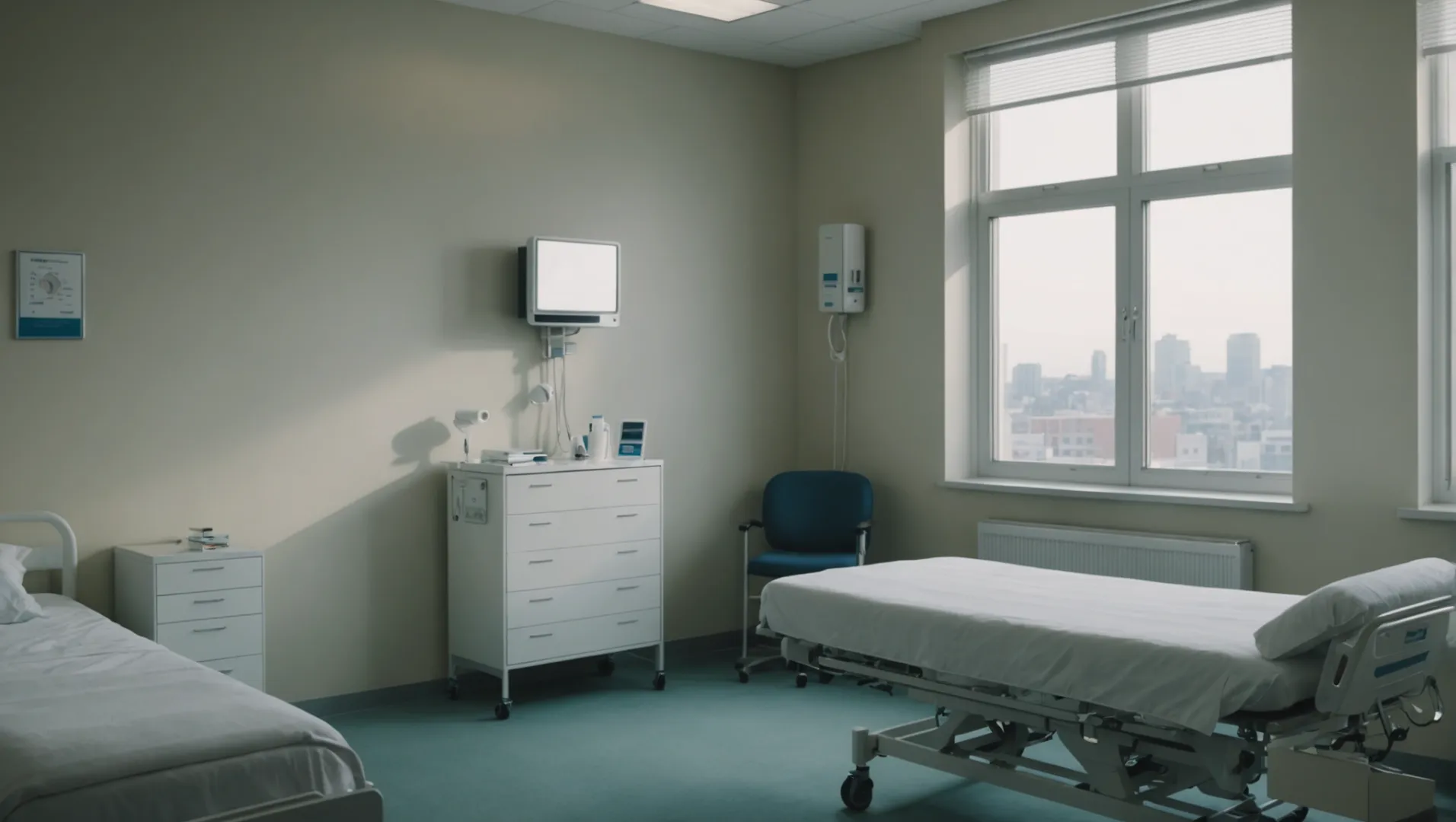
Segurança e eficiência de espaço
Os purificadores de ar montados na parede são instalados de forma segura a uma altura que minimiza a interferência, especialmente em ambientes como escolas e hospitais, onde o espaço no chão é escasso. São menos propensos a danos acidentais ou adulterações, reduzindo potenciais riscos de segurança e assegurando um funcionamento consistente sem interrupções.
Em contrapartida, purificadores de ar portáteis2 podem ser facilmente derrubados ou bloqueados por móveis, comprometendo potencialmente a sua eficiência e levando a necessidades de manutenção mais frequentes.
Manutenção rentável
As unidades montadas na parede requerem normalmente substituições de filtros menos frequentes, contribuindo para reduzir os custos a longo prazo. Os filtros nestes sistemas têm frequentemente uma vida útil mais longa devido a padrões de fluxo de ar optimizados que evitam o entupimento e o desgaste.
Um estudo que comparou os custos de manutenção revelou que as instalações que utilizam unidades montadas na parede podem prolongar a vida útil do filtro de 6 meses para mais de um ano, resultando em poupanças significativas. A compra de filtros de substituição diretamente a fabricantes como a HisoAir reduz ainda mais os custos.
Integração tecnológica melhorada
Com os avanços na IoT os purificadores de ar montados na parede podem ser facilmente integrados nos sistemas existentes para monitorizar a qualidade do ar interior. Esta integração permite a recolha de dados em tempo real e alertas automáticos para a substituição de filtros, garantindo que as unidades funcionam com o máximo desempenho e reduzindo as verificações de manutenção desnecessárias.
Esta caraterística é particularmente vantajosa em ambientes com muito tráfego, como hospitais e escolas, onde a qualidade do ar consistente é crucial. IoT A integração facilita a gestão sem descontinuidades, permitindo aos gestores de instalações afetar recursos de forma eficiente sem sacrificar as normas de qualidade do ar.
Considerações práticas para escolas e hospitais
Em ambientes educativos e de cuidados de saúde, a prioridade é sempre a segurança e a higiene. Os purificadores de ar montados na parede, devido ao seu posicionamento, não só proporcionam uma purificação eficaz do ar, como também garantem que os dispositivos estão fora do alcance dos estudantes ou dos doentes. Isto reduz o risco de contaminação ou interferência.
Além disso, estas unidades tendem a ser mais silenciosas do que os modelos portáteis, minimizando as distracções e promovendo um ambiente tranquilo, propício à aprendizagem e à cura.
| Caraterística | Montagem na parede | Portátil |
|---|---|---|
| Segurança | Elevado (fora do alcance) | Baixo (facilmente acessível) |
| Tempo de vida do filtro | Alargado | Padrão |
| Custo | Baixa a longo prazo | Mais elevado a longo prazo |
| Integração | IoT compatível | Limitada |
| Nível de ruído | Baixa | Variável |
Para os decisores que estão a considerar actualizações ou instalações em ambientes sensíveis, estes factores ilustram claramente porque é que os purificadores de ar montados na parede são uma escolha prudente.
Os purificadores montados na parede têm uma vida útil mais longa dos filtros.Verdadeiro
O fluxo de ar optimizado em unidades montadas na parede prolonga a vida útil do filtro, reduzindo os custos.
Os purificadores portáteis são menos seguros nas escolas.Verdadeiro
As unidades portáteis podem ser derrubadas, o que representa um risco de segurança em ambientes movimentados.
Como pode IoT Integração Otimizar a manutenção do purificador de ar?
Imagine um mundo em que os seus purificadores de ar o alertam eficazmente quando é necessária manutenção, simplificando as operações em escolas e hospitais.
IoT melhora a manutenção do purificador de ar, oferecendo monitorização em tempo real e alertas atempados, assegurando que os filtros são substituídos antes que a eficiência diminua. Esta abordagem proactiva optimiza a qualidade do ar, reduz as verificações manuais e aumenta a vida útil do equipamento.
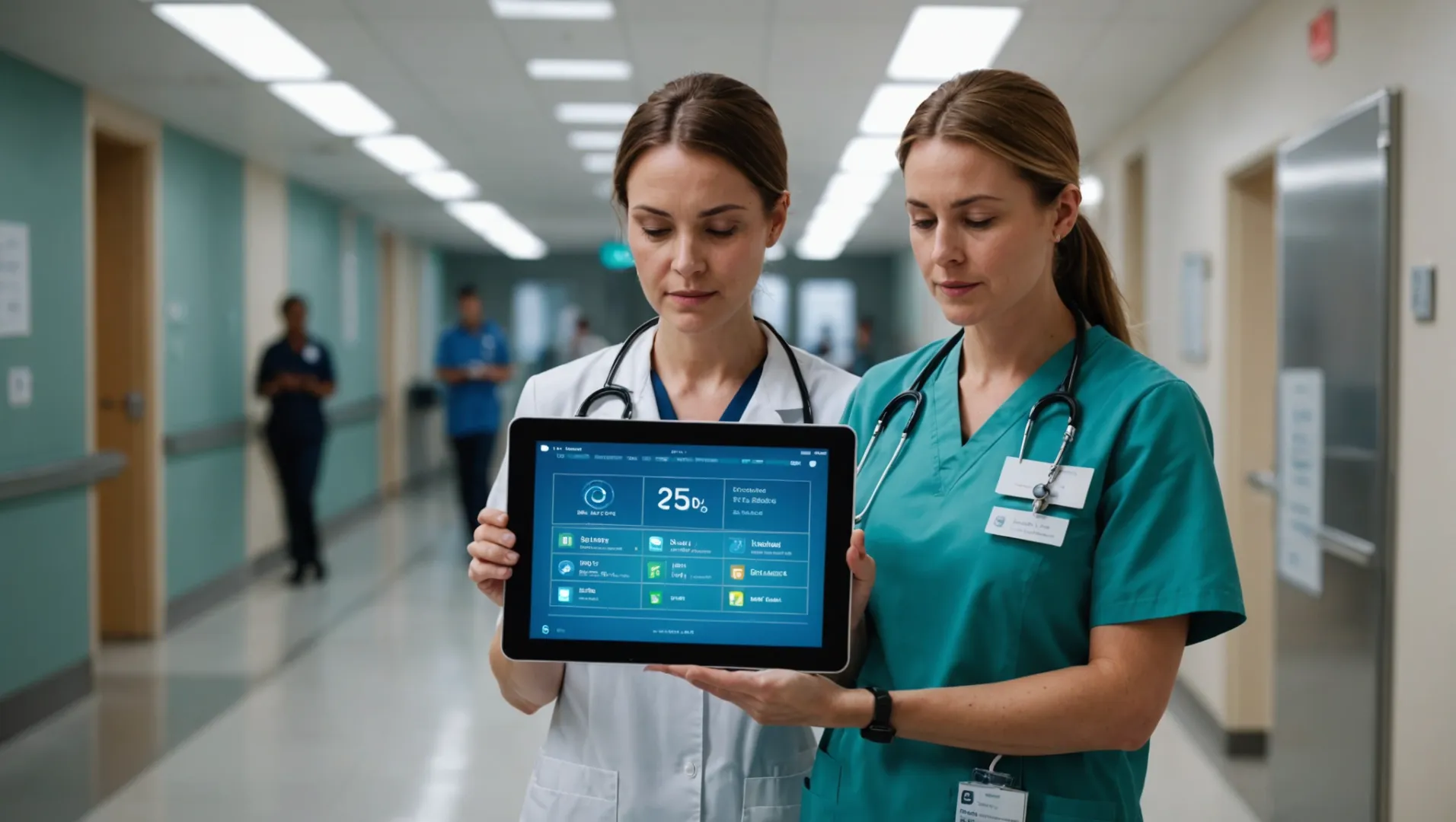
O papel do IoT em Monitorização da qualidade do ar
A Internet das Coisas (IoT) revoluciona a forma como gerimos a manutenção dos purificadores de ar, incorporando sensores inteligentes que monitorizam continuamente a qualidade do ar interior. Estes sensores fornecem dados em tempo real sobre partículas, humidade e outros poluentes, permitindo que as instalações mantenham condições ideais. Com estes dados, os gestores das instalações podem tomar decisões informadas sobre quando efetuar a manutenção ou substituir os filtros, garantindo que estão sempre a funcionar com o máximo desempenho.
Alertas atempados e manutenção preditiva
Uma das vantagens mais significativas do IoT é a capacidade de receber alertas atempados quando a manutenção é necessária. Em vez de depender de horários fixos ou de inspecções manuais, IoT-prevêem quando a eficiência de um filtro pode diminuir com base nos padrões de utilização actuais. Esta manutenção preditiva não só prolonga a vida útil dos purificadores de ar, como também evita avarias súbitas que poderiam perturbar as operações em ambientes sensíveis como os hospitais.
Estudo de caso: O projeto HisoAir IoT Soluções
Empresas como a HisoAir têm estado na vanguarda da integração de IoT em sistemas de purificação do ar. Desenvolveram sensores avançados que oferecem informações sobre o estado do filtro, as necessidades de substituição e o desempenho geral do sistema. Ao adotar esta tecnologia, as escolas e os hospitais podem reduzir significativamente as suas despesas de manutenção, assegurando simultaneamente um ambiente mais saudável para estudantes e pacientes.
| Caraterística | Benefício |
|---|---|
| Monitorização em tempo real | Identificação imediata dos problemas de qualidade do ar |
| Alertas automatizados | Reduz a dependência de controlos manuais |
| Manutenção Preditiva | Prolonga a vida útil do filtro e reduz os custos |
Perspectivas futuras para IoT em Purificação do ar
Como IoT a tecnologia evolui, espera-se que a sua aplicação na purificação do ar se expanda ainda mais. Os sistemas futuros poderão oferecer análises ainda mais sofisticadas, integrando-se em sistemas de gestão de edifícios mais amplos para uma abordagem holística do controlo ambiental. Explorar IoT avanços nos purificadores de ar3 pode fornecer mais informações sobre as potenciais melhorias na manutenção e na eficiência operacional.
A integração da IoT reduz as verificações manuais do purificador de ar.Verdadeiro
A IoT fornece monitorização e alertas em tempo real, minimizando as inspecções manuais.
Os purificadores de ar com tecnologia IoT têm um tempo de vida mais curto.Falso
A manutenção preditiva da IoT aumenta a vida útil dos purificadores de ar.
Onde obter filtros de substituição rentáveis?
Encontrar filtros de substituição económicos é crucial para manter a qualidade do ar em escolas e hospitais sem gastar demasiado.
O fornecimento de filtros de substituição rentáveis envolve a compra direta a fabricantes como a HisoAir, aproveitando os descontos de compra a granel e selecionando modelos duradouros e de elevada eficiência para prolongar a vida útil do filtro.

Compra direta do fabricante
Uma das estratégias mais eficazes para obter filtros de substituição rentáveis é comprá-los diretamente aos fabricantes, tais como HisoAir4. Ao contornar os distribuidores de marcas específicas ou os importadores locais, as instalações podem reduzir significativamente os custos. Os fabricantes oferecem frequentemente descontos por grosso ou serviços de subscrição que podem reduzir ainda mais as despesas.
Compreender a eficiência e a longevidade do filtro
Investir em filtros de alta eficiência que têm uma vida útil mais longa não só reduz as substituições frequentes, como também garante uma qualidade de ar consistente. Os filtros com maior taxa de fornecimento de ar limpo (CADR) e a capacidade de retenção de poeiras podem durar até duas vezes mais do que os filtros normais, o que significa menos substituições ao longo do tempo. Isto reduz tanto os encargos financeiros como o impacto ambiental associado à eliminação de filtros usados.
| Tipo de filtro | Tempo de vida médio | Potencial de poupança de custos |
|---|---|---|
| Padrão | 6-12 meses | Baixa |
| Alta eficiência | 12-24 meses | Elevado |
Alavancagem IoT para uma gestão eficiente
Integração da Internet das Coisas (IoT) nos purificadores de ar permite a monitorização em tempo real da qualidade do ar e do estado do filtro. Isto assegura que os filtros são substituídos apenas quando necessário, evitando substituições prematuras e maximizando o ciclo de vida de cada filtro. IoT podem fornecer alertas atempados e análises de dados para planear e orçamentar melhor as necessidades de manutenção.
Vantagens das compras em massa
A compra a granel pode ser uma medida financeiramente inteligente para instituições que gerem vários purificadores de ar. Muitos fabricantes oferecem descontos significativos em grandes encomendas, reduzindo o custo por unidade dos filtros de substituição. Esta estratégia não só poupa dinheiro, como também garante que as instalações têm um fornecimento pronto de filtros, evitando tempos de inatividade devido a situações de falta de stock.
Para maximizar as poupanças e a eficiência, os gestores das instalações devem considerar todas estas estratégias coletivamente. Ao investir em filtros duráveis e eficientes, comprando diretamente aos fabricantes e utilizando IoT as escolas e os hospitais podem manter elevados padrões de qualidade do ar sem gastar demasiado em custos de manutenção.
A compra a granel reduz significativamente os custos de filtragem.Verdadeiro
A compra a granel conduz frequentemente a descontos, reduzindo os custos por unidade.
A tecnologia IoT reduz o tempo de vida útil dos filtros de ar.Falso
A IoT ajuda a monitorizar o estado do filtro, garantindo substituições atempadas e eficientes.
Conclusão
Ao implementar estas estratégias, as escolas e os hospitais podem garantir ambientes mais saudáveis, mantendo a eficiência orçamental.
-
Saiba como as compras diretas à HisoAir reduzem os custos de substituição..: Escolha a HisoAir para uma experiência sem paralelo na purificação do ar, onde o nosso compromisso de "Purificação Máxima, Ruído Mínimo" cumpre os padrões mais exigentes. ↩
-
Saiba como cada tipo afecta a segurança e os custos de manutenção..: Os filtros de ar HEPA fixos montados no teto de uma sala são normalmente mais silenciosos, mais eficazes e funcionam mais rapidamente do que as unidades de filtragem HEPA portáteis. ↩
-
Mantenha-se atualizado sobre as aplicações IoT de ponta que melhoram a eficiência dos purificadores de ar..: As funcionalidades avançadas destes novos aparelhos incluem monitorização em tempo real, automatização, interação com sistemas domésticos inteligentes e muito mais, para além ... ↩
-
Conheça as vantagens da compra direta da HisoAir para poupar custos..: Filtros HEPA verdadeiros. Modelo: F040. Composição do filtro: papel de filtro composto + ... sales@hisoair.com; +86 138 0961 9940; +86 138 0961 9940; Escritório: Sala 712 ... ↩


